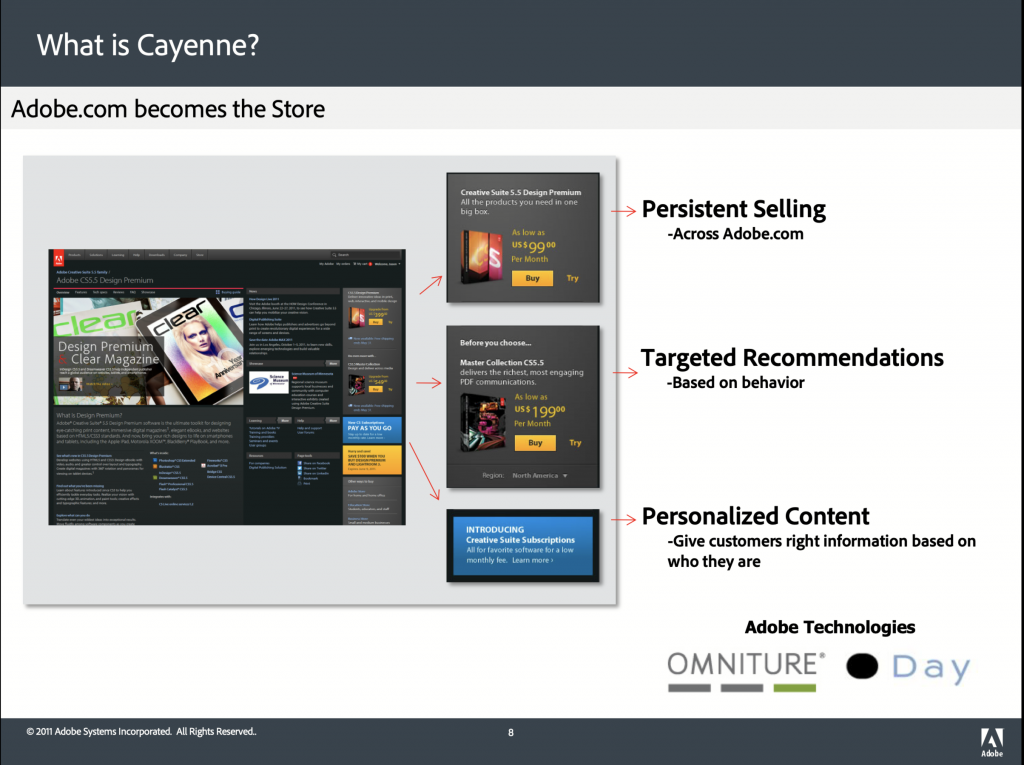I’ve heard a few folks joking (sometimes not-so-jokingly) about how the next wave of AI agents, combined with a simple database, could potentially wipe out the entire SaaS market. It’s a compelling vision: Imagine a single AI “super-tool” that knows your business inside and out, automates everything, and relegates your CRM, HR platform, and helpdesk software to the dustbin of history. Exciting, right?
But let’s talk reality for a moment. If you look at how technology has actually disrupted industries over the past couple of decades, it never really happens overnight. You don’t just flip a switch, dump all your existing systems, and pivot to a brand-new approach. Instead, it’s more like layering new capabilities on top of old ones, seeing what sticks, and slowly consolidating the tech stack over time. AI is absolutely going to transform the SaaS ecosystem, but “transform” doesn’t automatically mean “replace.” Let’s explore why.
As a technologist, I feel this coming. As a business person always surprised by the true pace of adoption, I know it’s a ways off.
Why SaaS Isn’t Going Away Anytime Soon—But How AI Agents Will Change the Game
The Slow Burn of Disruption
Adoption of cutting-edge tech usually starts at the edges, where the stakes aren’t as high. Think about when cloud-based software began replacing on-prem solutions. We didn’t see an immediate mass exodus. Companies tested the waters in non-critical areas first (like file sharing or team messaging), and only later migrated core systems. The same pattern will play out with AI agents.
Complexity and Compliance
On paper, “an AI + a database” sounds brilliant. But throw in industry-specific compliance, security protocols, and complex workflows, and you’ll realize how much engineering and domain expertise goes into even a “simple” HR or CRM platform.
The SaaS Value Prop Still Matters
Right now, top SaaS platforms offer more than just a place to store data. They’re infused with industry best practices and workflows that have been refined by thousands of customers over time. There’s a reason marketing automation tools or e-commerce solutions do specific tasks so well—the collective learning is baked in.
And then there’s compliance. If you run a business in healthcare, finance, or any highly regulated industry, your legal team needs robust evidence that a platform meets certification standards (HIPAA, SOC 2, GDPR, etc.). Trust me, “We used an AI that’s really cool” doesn’t cut it for an audit.
The Role of AI Agents
AI agents, particularly ones powered by large language models (LLMs), are already helping us automate tasks, generate insights, and connect data dots. However, in the near term, these agents will augment rather than completely replace your SaaS subscriptions.
The big challenge? Integration. Even the smartest AI can’t do much if it’s not talking to all your relevant data sources and apps in a secure, compliant way. And that integration layer—what I sometimes call “the plumbing”—is a huge part of SaaS value. AI might handle logic and recommendations, but the orchestration behind the scenes is massive. Even the MACH Alliance is finally starting to embrace the need for middleware.
Futures to Watch
- AI-Led Entrants: We’ll see new AI-powered platforms disrupt established players in specific niches—like specialized virtual assistants for customer support or data analytics that run circles around older solutions.
- Hybrid SaaS: Expect your favorite SaaS providers to fold AI features right into their core offerings. It’s already happening as they add GPT or other LLM-based functionality into their existing products.
- Specialized Micro-AI Services: Rather than one giant Skynet agent, we might see (and arguably already see) micro-AI components each tackling a narrow function—like invoice processing, lead scoring, or content generation—and snapping together like Lego blocks in your tech stack.
Timing Is Everything
When I first started evangelizing experience-driven commerce, which required headless commerce, I eagerly awaited all storefronts to change within a year or two. Back then I did not fully appreciating the cost of capital and the inertia to replace existing systems. With this in mind, I think the impact to SaaS will likely drag on for a decade.
- Short-Term (1–3 Years): SaaS solutions get more AI smarts. Expect advanced natural language features, deeper automation, and chat-like interfaces on top of the same infrastructure you’re using now.
- Mid-Term (3–7 Years): We start seeing the best-of-breed AI platforms truly rival (and sometimes replace) older, more rigid SaaS tools. If you’re running a simple or repetitive workflow, an AI agent might do it cheaper and faster.
- Long-Term (7–10+ Years): By this point, many simplistic SaaS solutions may well be superseded by “AI + data” systems. But for mission-critical or highly regulated operations, specialized SaaS platforms—likely with strong AI capabilities of their own—will still be essential.
Final Word
As much as I love the sci-fi idea of a single AI brain running your entire business, we’re not quite there yet—and we won’t be for a while. The SaaS model still brings real value in terms of domain expertise, compliance, and that invisible but crucial layer of data plumbing. And, the reality is most business users just want to get to their kids softball practice and will drag their adoption feet.
That said, the future is definitely AI-powered. Over the next decade, expect a continuous blurring of lines between what we call “SaaS” and what we call “AI platforms.” In the end, though, the old question remains: who can deliver a product that solves real business problems, aligns with security and compliance needs, and fits into evolving workflows? AI is going to shake things up, but SaaS isn’t going away—it’ll just look a little (or a lot) different.
We’ll all keep an eye on those AI developments, that are just getting started.













